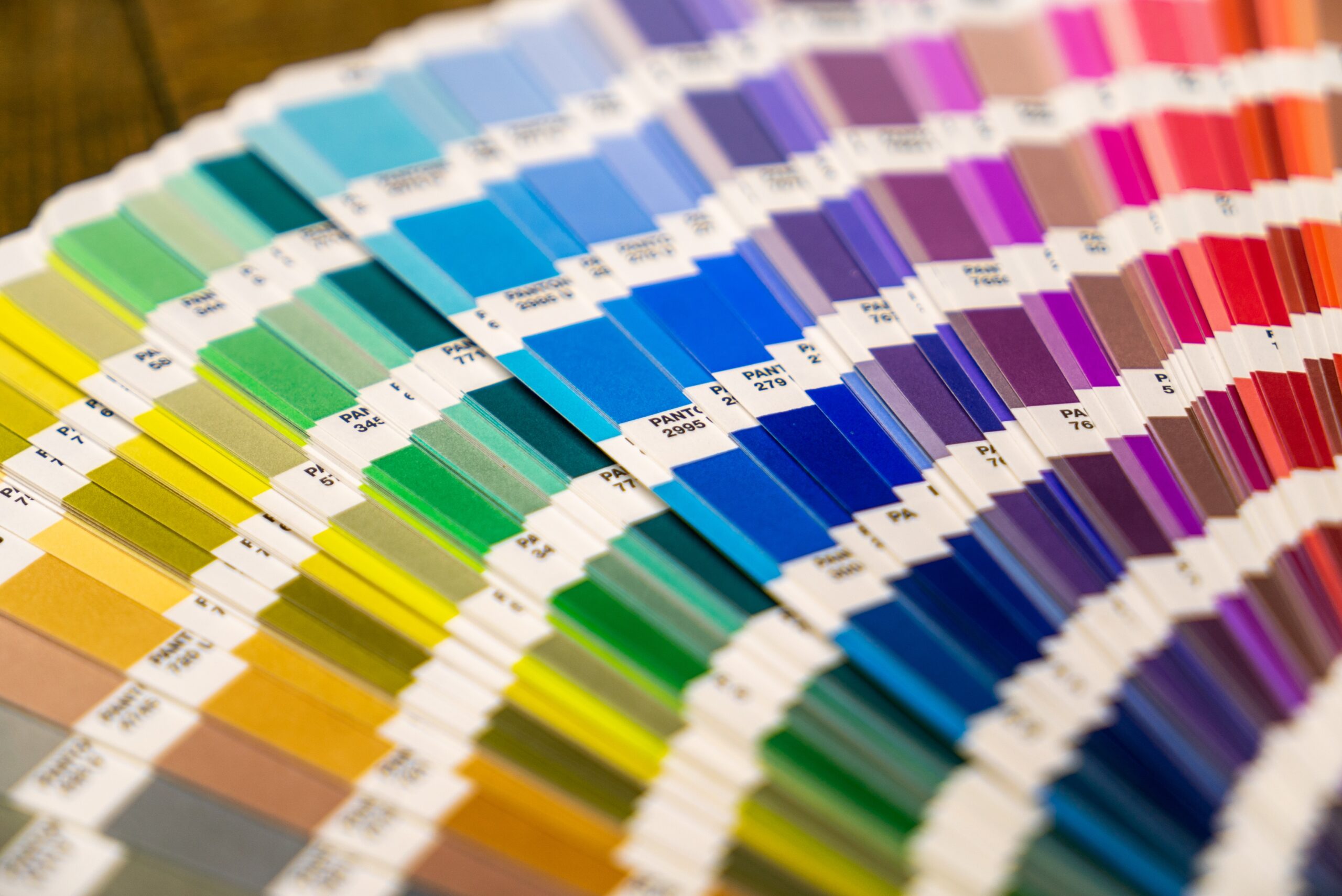In today’s print-savvy world, there are endless possibilities to the finishes you can apply to your print piece. The good news is (and who doesn’t love good news?) is that you don’t have to pick just one; there are a few options that can be combined to make a unique piece.
To start, it is helpful to know what each finish entails, what it is commonly used for and what overall impression you plan to make.
Fair warning, here is where it may seem like information overload, so grab a cup of coffee, maybe two.
Embossing raises images to provide a three dimensional effect. This finish is refined but does add enough depth and texture to make the piece eye-catching and interesting to touch. Embossing is commonly used for business stationery including business cards, letterheads, greeting cards and invitations.
While embossing raises images, letterpress indents images and text, leaving an impression in the paper, with or without ink. Letterpress was invented in the mid-15th century making it a timeless printing method. Like embossing, letterpress is used for business stationery as it portrays a professional image.
Foil stamping is the application of metallic foil on to a solid surface by using heat and pressure. Popular foil colors are gold, silver and copper. This method is used to add a bit of luxe and glam (ooh la la!) to a final piece. Foil stamping is most popular among business cards, greeting cards, especially holiday cards and invitations.
Just checking in here, are you still with us?
Varnishing involves adding a liquid coating to a printed surface to add a clear, glossy, matte, satin or neutral finish. The great feature about varnishing is that it gives a consistent texture, but does not add much weight to a finished product. This finish is used to make colors appear brighter and richer so common uses are brochures, flyers, catalogs and booklets.
Lamination is where a plastic film is heated onto the paper and adds a gloss, silk or matte finish as a protective layer of coating. Unlike varnishing, it does add a bit of weight. This finish should be used on items that will be handled frequently such as presentation folders, booklet covers, catalogs and postcards.
Selecting the right finish for your printed piece is a fundamental part of the design process so working with your marketing communications partner (enter Original Impressions) to convey the overall style you want is important.
Did we mention that we are the single-source solutions provider for all of your print, mail and marketing needs?
We know print finishes and help make that decision easy for you. After all, the printed piece is the impression maker and we know how to make the right impression.
#PCIOIpowerhouse







